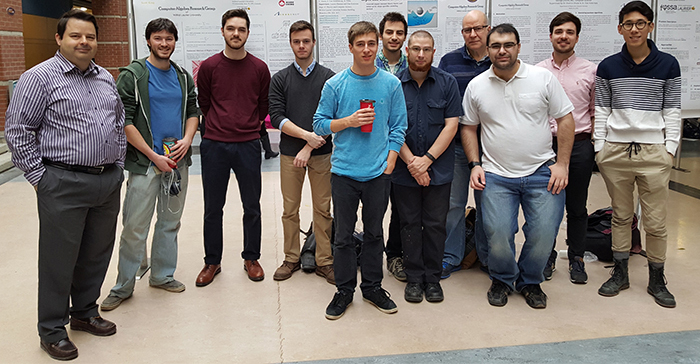User Case Study:
Wilfrid Laurier Professor Finds Maple Ideal for Teaching Experimental Mathematics







Challenge
Professor Ilias Kotsireas wanted a solution to help his students better adapt to his Experimental Mathematics approach; to help them better visualize problems, work through solutions in a less time-consuming manner, and assist them in completing an in-depth portfolio project.
Solution
Kotsireas implemented Maple into his courses, getting students to solve algorithmic problems and work through difficult conjectures as a more effective method of learning key concepts.
Result
The students and the University responded positively, citing Maple’s ease of use, functionality, notation and visualization characteristics. Students required less assistance after Maple was introduced, and a higher percentage completed their course work.
With an enrollment of over 20,000 students, Wilfrid Laurier University is a rapidly-expanding institution that is highly regarded in the academic community. Ilias Kotsireas, a professor in the Department of Physics and Computer Science, and Director of the CARGO Lab, has been teaching at the university since 2001. In his mathematics courses he has found that Maple improves his students’ ability to learn the materials and understand difficult concepts.
Kotsireas began using Maple in the late 1990’s, when he was completing his Masters and his Ph.D. in France with renowned French mathematician and computer scientist Daniel Lazard. Lazard is a professor emeritus at Université Pierre et Marie Curie in Paris and is regarded as one of the most influential pioneers in the field of computer algebra. His algorithms were introduced into the earliest versions of Maple. Lazard introduced Kotsireas to Maple and he was amazed by its capabilities. “I couldn’t believe what he was showing me in Maple was possible,” Kotsireas said. “The functionality was way beyond other tools I had known; I was very impressed.”

 Contact Maplesoft to learn how Maple can be used in your classroom.
Contact Maplesoft to learn how Maple can be used in your classroom.